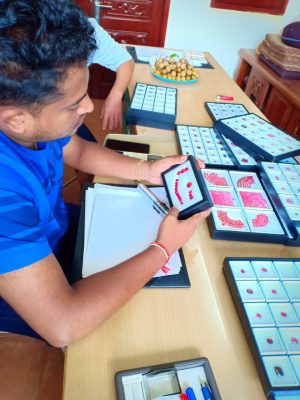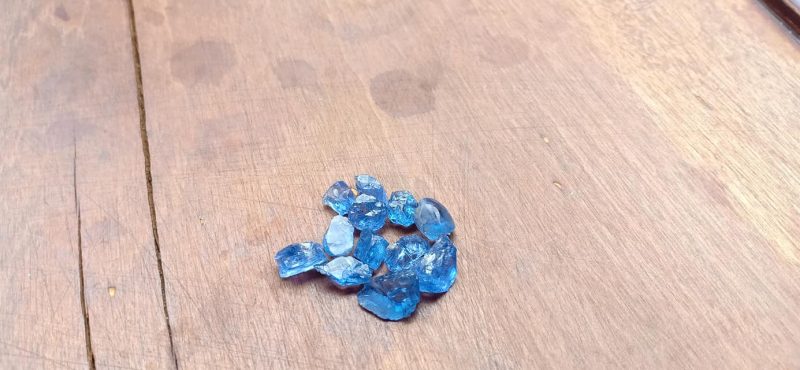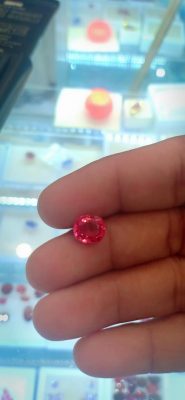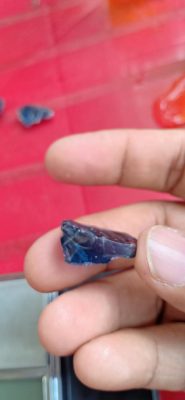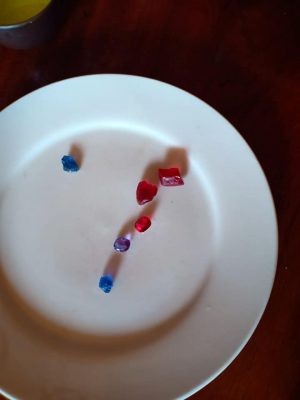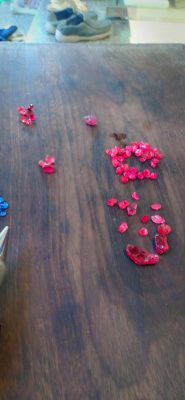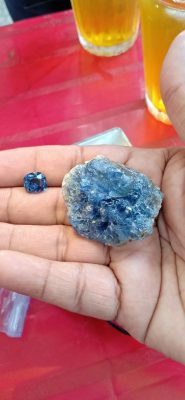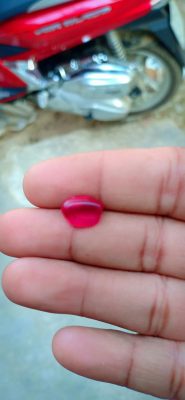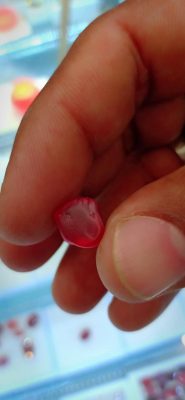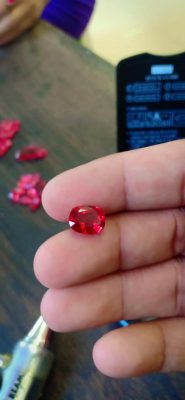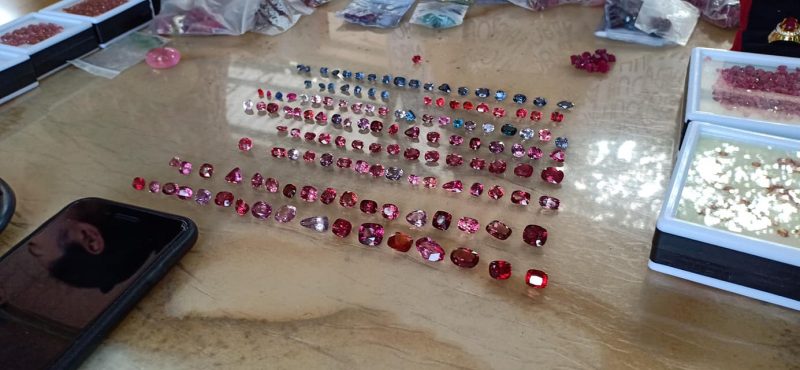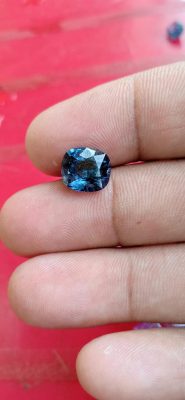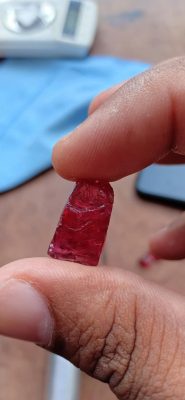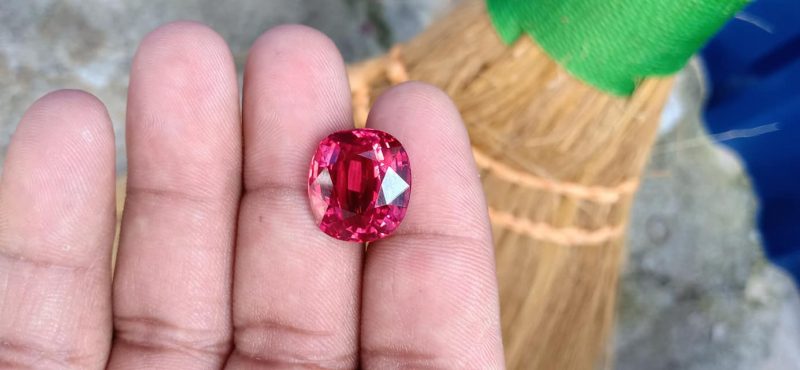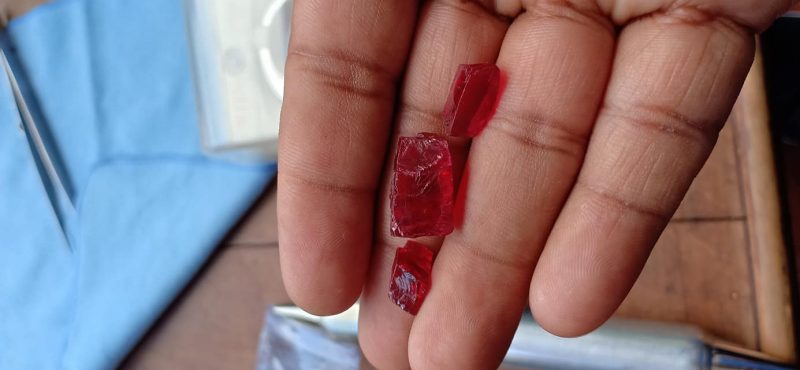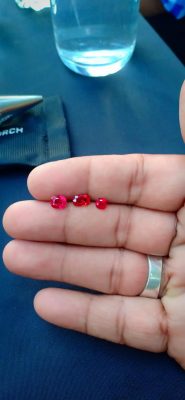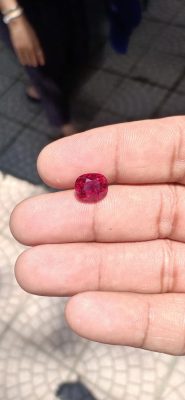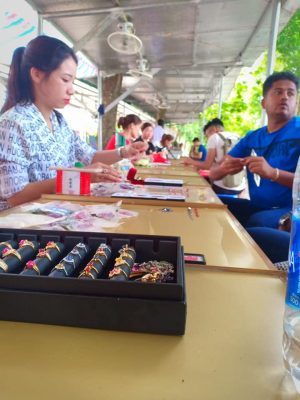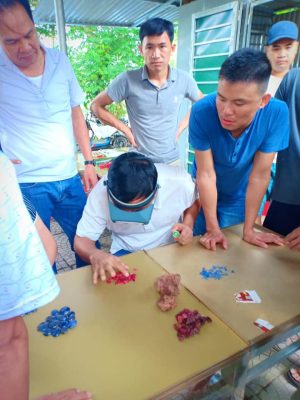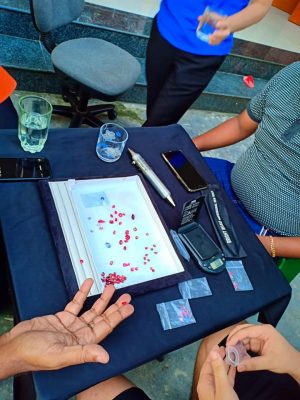Education
Spinel
Spinel
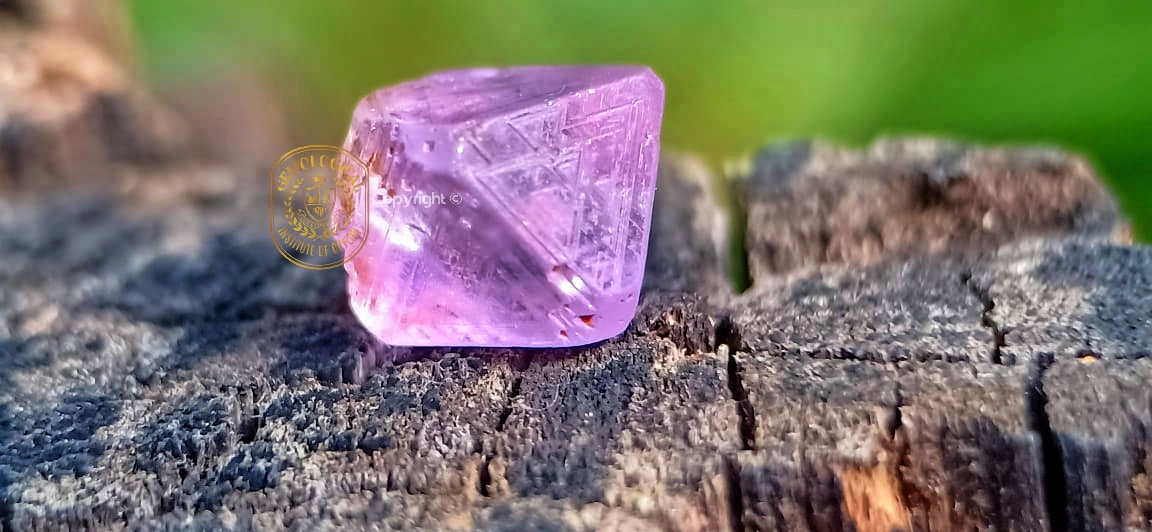 Spinel has been used in jewelry for a long time, but this gemstone has only recently been given the attention it deserves. Until the late 19th and early 20th centuries, spinel was often thought to be corundum because they are often found in the same mines. However, each of these minerals has a different chemical make-up. As a result, the reputation of the stone was hurt when people learned that some of their favorite rubies and sapphires were actually spinels. Furthermore, synthetic spinel is also cheap and common. It has been used a lot as a fake gem in class rings and birthstone jewelry, which has made people think it isn’t real. This isn’t true of spinel, which has always been a rare and beautiful gem. Spinel’s natural beauty has become more appealing to people who know how much work it takes to improve the color or clarity of low-quality rubies and sapphires. Today, almost all of the natural spinels on the market haven’t been treated. People who like them because of their low prices can buy them in almost any color and use them for most types of jewelry find them even more appealing.
Spinel has been used in jewelry for a long time, but this gemstone has only recently been given the attention it deserves. Until the late 19th and early 20th centuries, spinel was often thought to be corundum because they are often found in the same mines. However, each of these minerals has a different chemical make-up. As a result, the reputation of the stone was hurt when people learned that some of their favorite rubies and sapphires were actually spinels. Furthermore, synthetic spinel is also cheap and common. It has been used a lot as a fake gem in class rings and birthstone jewelry, which has made people think it isn’t real. This isn’t true of spinel, which has always been a rare and beautiful gem. Spinel’s natural beauty has become more appealing to people who know how much work it takes to improve the color or clarity of low-quality rubies and sapphires. Today, almost all of the natural spinels on the market haven’t been treated. People who like them because of their low prices can buy them in almost any color and use them for most types of jewelry find them even more appealing.
Spinel Information
| Name | Spinel |
| Varieties | Ceylonite, Chromite, Gahnospinel, Hercynite, Pleonaste |
| Crystallography | Isometric. Crystals octahedral; also as grains, massive. |
| Crystallographic Forms |
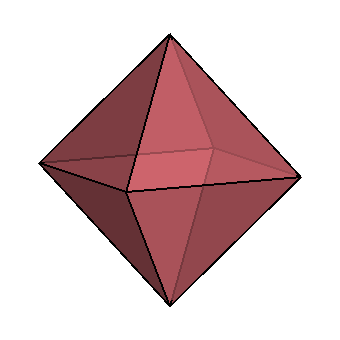 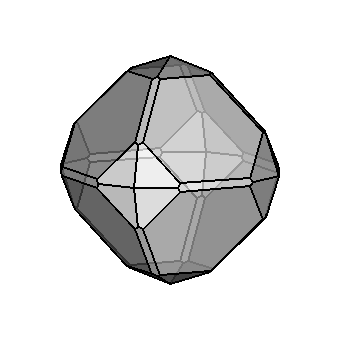 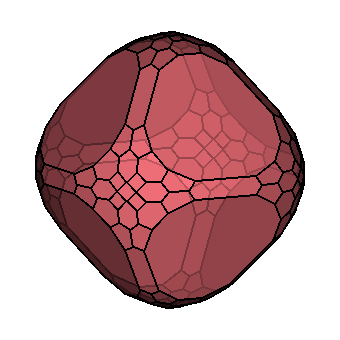 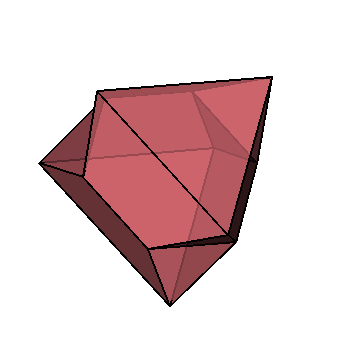 |
| Refractive Index | Varies, 1.719-1.920. See table in “Spinel Varieties” below. |
| Colors | Various shades of red, blue, green; also brown, black, gray, lilac, purple, orange, orange-red, rose, nearly colorless. |
| Luster | Vitreous. |
| Polish Luster | Vitreous. |
| Fracture Luster | Vitreous to subadamantine. |
| Hardness | 7.5-8 |
| Wearability | Excellent |
| Fracture | Conchoidal |
| Specific Gravity | 3.58-3.98; gems 3.58-3.61. See table in “Varieties” below. |
| Birefringence | None |
| Cleavage | None |
| Dispersion | 0.020 |
| Heat Sensitivity | No |
| Luminescence | Reds and pinks: crimson in LW, also SW; red in X-rays; no phosphorescence. Blue: inert in UV. Deep purple: red in LW, essentially inert SW, lilac in X-rays. Pale blue and violet: green in LW, X-rays, essentially inert in SW. Orange, red, and pink; inert to weak red or red/orange SW. Weak to strong red and orange LW. Cobalt blue; strong chalky whitish-green SW. Inert to moderate orange or orange/red LW. Near colorless and light green; inert to moderate orange/red LW. Deep purple; red LW, inert SW. Pale blue and violet; green LW, inert SW. |
| Luminescence Present | Yes |
| Luminescence Type | Fluorescent, UV-Long, UV-Short, X-ray Colors |
| Enhancements | Natural spinels are usually not enhanced but may receive heat treatment. Synthetic spinels may be quench crackled. |
| Typical Treatments | Heat Treatment |
| Special Care Instructions | None |
| Transparency | Transparent to opaque. |
| Absorption Spectrum | Red and pink; Strong fluorescence between 490 and 595 nm, weak band at 656, sharp lines at 685.5 and 684 nm. May also show chromium spectrum, broadband at 540 nm, and absorption of violet. Blue; Strong band at 458 nm, narrow at 478 nm, weak lines at 443 and 433, may also have bands around 430 to 435, 550, 565 to 575, 590, and 625. Violet and purple; May show the same spectrum as blue, only weaker. |
| Phenomena | Asterism, chatoyancy, color change (rare). |
| Identifying Characteristics | Spinel minute octahedral crystals are often aligned in planes or swirls. Synthetic spinel strong ADR, cross-hatch effect. Except for red and pink, fluorescence often varies from natural. |
| Birthstone | August |
| Formula | MgAl2O4 + many substitutional elements. |
| Pleochroism | None. |
| Optics | Isotropic. |
| Etymology | Possibly from the Latin spina for “thorn,” alluding to spine-shaped crystals. Since this is not a common habit for spinel, this origin is uncertain. |
| Occurrence | Spinels are found in metamorphic rocks and their weathering products. Especially found in contact deposits (marbles and limestones). |
| Inclusions | See “Identifying Characteristics” below. |
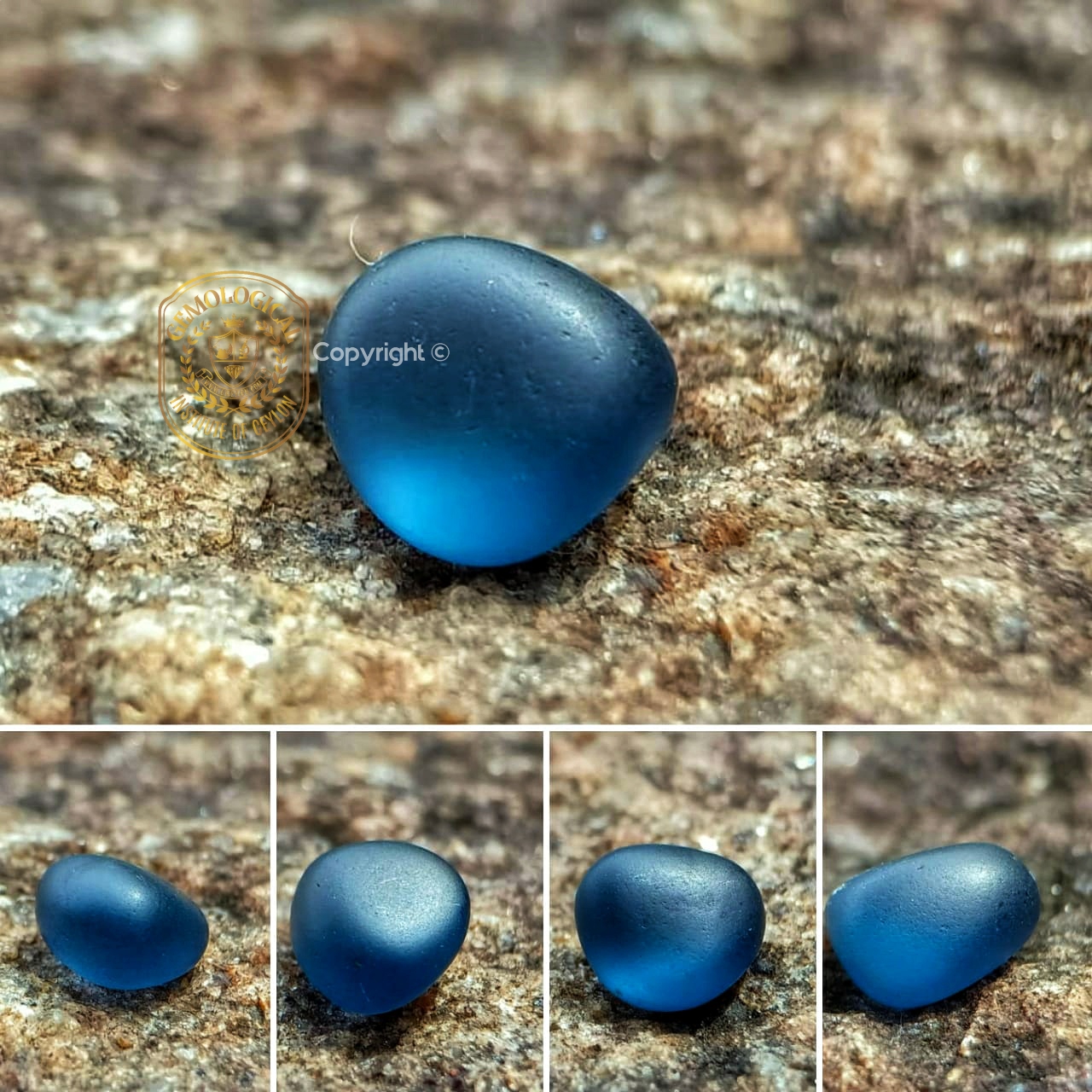 Spinel is a mineral that is made up of several different minerals. The spinel group includes gahnite, hercynite, ceylonite, picotite, and galaxite. These materials are extremely dark and are only occasionally used as jewels. They’re all magnesium, iron, and zinc isometric oxides with traces of aluminum and other elements. Between spinel (MgAl2O4) and gahnite, there is a solid-state solution (ZnAl2O4). Gahnospinel is the name for the intermediate species ([Mg, Zn]Al2O4). Pure spinel is far more abundant than its blends, unlike most solid-state series such as garnet.
Spinel is a mineral that is made up of several different minerals. The spinel group includes gahnite, hercynite, ceylonite, picotite, and galaxite. These materials are extremely dark and are only occasionally used as jewels. They’re all magnesium, iron, and zinc isometric oxides with traces of aluminum and other elements. Between spinel (MgAl2O4) and gahnite, there is a solid-state solution (ZnAl2O4). Gahnospinel is the name for the intermediate species ([Mg, Zn]Al2O4). Pure spinel is far more abundant than its blends, unlike most solid-state series such as garnet. 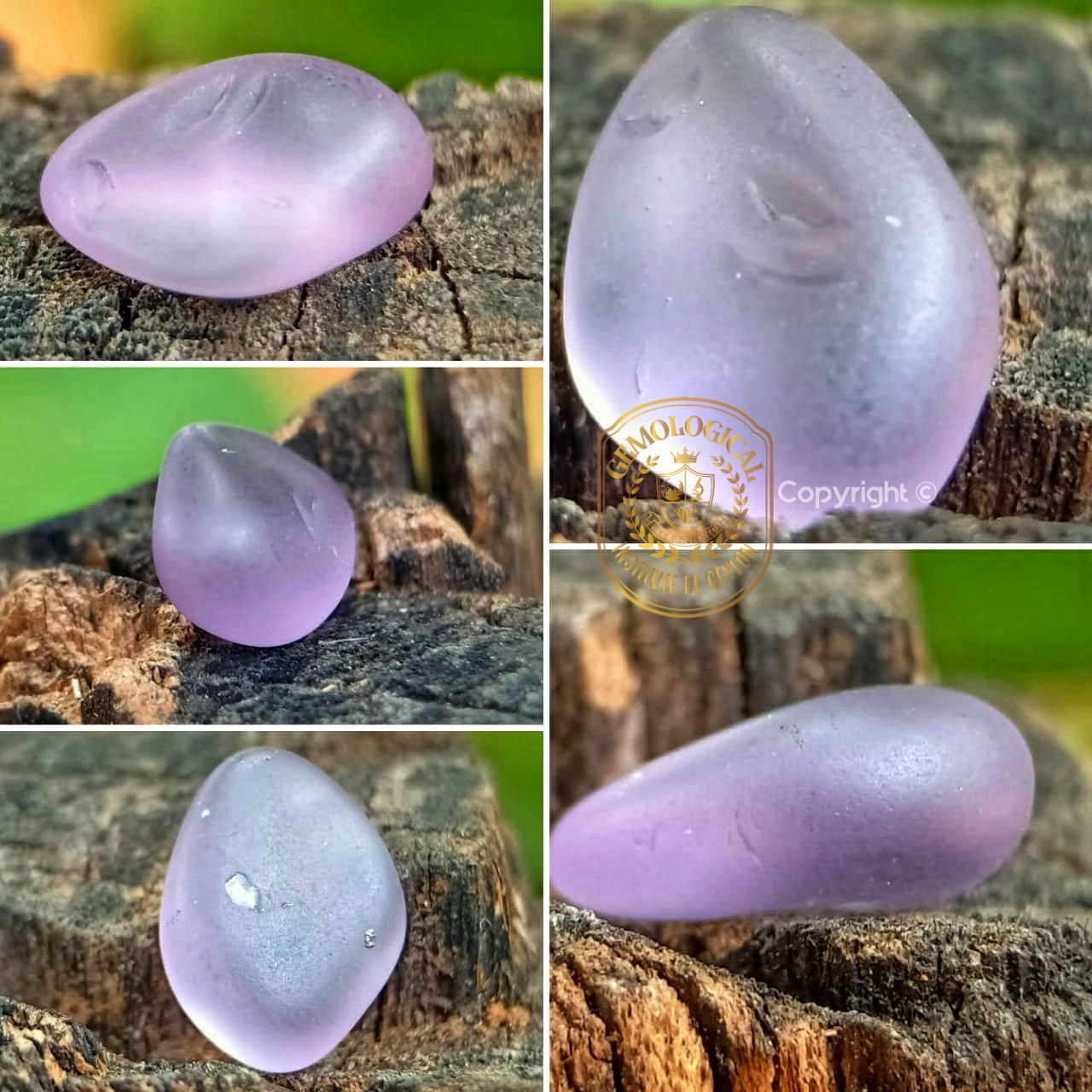
|
Formula |
R.I. |
S.G. |
Color |
|
| Spinel | MgAl2O4 |
1.719 |
3.55-3.63 |
all but pure green and yellow |
| Gahnite | ZnAl2O4 |
1.805 |
4.0-4.62 |
deep green |
| Gahnospinel | (Mg, Zn)Al2O4 |
1.725 -1.753+ |
3.58-4.06 |
blue, dark blue |
| Hercynite | FeAl2O4 |
1.835 |
4.40 |
black, dark colors |
| Ceylonite and pleonaste | (Mg, Fe)Al2O4 |
1.77-1.78 |
3.63-3.90 (esp. 3.80) |
very dark colors |
| Picotite | Fe(Al, Cr)2O4 |
– |
4.42 |
dark green to black |
| Galaxite | MnAl2O4 |
1.92 |
4.04 |
deep red to black |
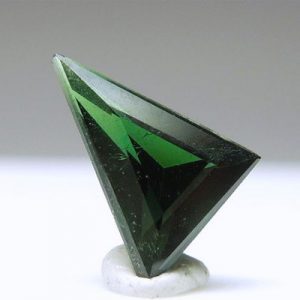
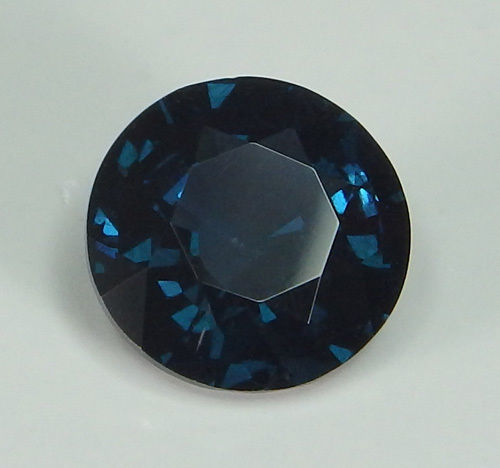
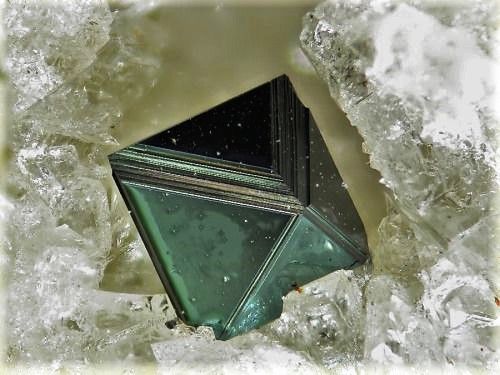
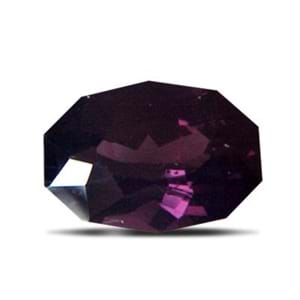
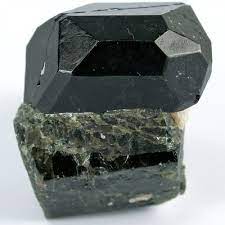
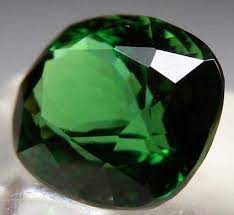
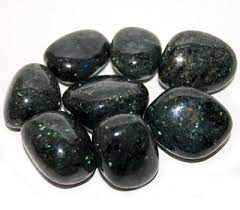
- Red: 1.715 – 1.735
- Blue: 1.715 – 1.747
- Others: 1.712- 1.717 (normal)
Identifying Characteristics
Spectral
The spectra are very distinct, which helps with identification.The chromium spectrum, which includes a broad band at 540 nm as well as violet absorption, is red and pink. Fluorescent “organpipe” lines could be a group of fine red lines.
Blue: There are blue lines in the iron spectrum, particularly at 458, as well as a narrow line at 478 and weak lines at 443 and 433. 686, 675, as well as 635, 585, 555, and 508, are the two most powerful. (Note that this iron spectrum differs from synthetic spinel’s cobalt blue.) Bands of 700 and 570 in Nigerian blue gahnite are similar to those found in spinel. The spectrum of mauve and pastel blue is similar to that of blue, except it is weaker.
Inclusions
In general, spines are free of inclusions, although some inclusions stand out. Silk is rarely visible in spinel, as it is in sapphires and rubies. There are angular inclusions known as spangles. The unique rows and swirls of small octahedra of another spinel, such as magnetite (Fe3O4), are visible. Iron-stained films and feathers, particularly near gem margins, zircon inclusions and darkening surrounding areas, and zircon haloes (owing to radioactivity) with feather around zircon due to stress cracking are also common. Natural spinels have octahedron-shaped cavities (negative crystals) that are occasionally filled with calcite. Calcite, apatite, dolomite, and olivine may be found in specimens from Mogok, Myanmar. Zircon, sphene, baddeleyite, phlogopite, apatite, and spinel may be found in Sri Lankan specimens.Synthetics
Auguste Verneuil created the flame fusion process for creating synthetic sapphire in the late 1800s, and it can also be used to make spinel. Colorless spinels are almost certainly man-made. (There are also very light, almost colorless natural specimens, in addition to the extremely rare colorless natural spinels.) These colorless synthetics are excellent diamond imitators. It can be difficult to tell the difference between natural blue stones containing cobalt and flux-grown or flame-fusion synthetics. Flame fusion synthetics, on the other hand, frequently exhibit chalky, pale green fluorescence in SW UV and bright red fluorescence in LW UV. In cross-polarized light, these synthetics also exhibit “crosshatched” or “snakelike” aberrant birefringent patterns. Absorption bands at 434, 460, and 480 nm are also visible in natural cobaltian spinel, but not in synthetic material. The band at 460 is particularly useful.Enhancements
Natural spinels are usually not improved, however, they may be heated. To replicate natural fractures, synthetic spinels can be quench cracked.Sources
Spinels have lately been discovered in Africa, Australia, Russia, and Vietnam, while they were previously only found in Afghanistan, Myanmar, and Sri Lanka. These gems are frequently mined from alluvial or placer deposits, where eroded material has been swept downstream, rather than from the hard rock main deposits where they form. In addition to spinel, these “gem gravels” may contain other species. The rough and tumble action of the gem rough has polished these crystals into spherical forms and eliminated much of the included and fragmented material. This alluvial rough is a material that is easy to recover and is ideal for faceting. The use of backhoes and hydraulic hoses for removing overburden from long-buried stream beds and supplying water for gem separation by a small crew ranges from low technology (one or more miners with straw baskets sluicing the stream gravel) to high technology (the use of backhoes and hydraulic hoses for removing overburden from long-buried stream beds and supplying water for gem separation by a small crew). Afghanistan: beautiful red spinel, the source of many ancient world huge stones. Myanmar: commonly found as perfect octahedra in gem gravels. In the Mogok morning “movie” market, a spinel crystal in marble is for sale. EighthDimensionGems.com of Bangkok photo by Jeffery Bergman. Sri Lanka: weathered pebbles in a wide range of colors, including pinks and blues; all blue pebbles contain traces of Zn; many from Sri Lanka are black. Sri Lanka is home to the rare cobaltian form. Fine blue gahnite from Jemaa, Nigeria, with an SG of 4.40-4.59 and a RI of 1.793. Gahnite from Madagascar, blue and gemmy. Gahnite is found in Australia, Sweden, and New Zealand. Kuchi Lal in the Pamir Mountains, Russia: gemmy, beautiful pink stuff. From alluvial gravels in Cambodia, Thailand, and Vietnam Japan is referred to as a galaxite. Canada, Finland, France, Germany, India, Italy, and Pakistan are among the countries represented. California, Colorado, Massachusetts, Montana, New Jersey, New York, and Virginia are all states in the United States. diamonds of spinel from all over the world 4 A collection of purple, blue, and pink African spinels, a top red Myanmar gem, an African lavender stone, a pink specimen from Russia, a “padparadscha” colored African piece, and an opaque black stone. Barbara Smigel of Artistic Colored Stones provided the image.Sizes of Stones
Spinels can range in size from a few carats to hundreds of carats and come in a variety of colors. 45.8 (light purple, Sri Lanka); 36.1 (indigo blue, Myanmar); 34 (red, Myanmar); 29.7 (red, Myanmar) Smithsonian Institution, Washington, DC (pink-violet, Sri Lanka). Deformed red octahedron from Sri Lanka, 520; another crystal, 355. British Museum of Natural History, London, England: deformed red octahedron from Sri Lanka, 520; another crystal, 355. 11.25 in a private collection (Sri Lanka, superb cobaltian gem, intense blue emerald-cut). Fine red gem, 105, Louvre, Paris, France. New York’s American Museum of Natural History: 71.5 (red, Sri Lanka). “Black Prince’s Ruby,” red spinel, estimated at 170; “Timur Ruby,” red spinel, 361. Crown Jewels of England: “Black Prince’s Ruby,” red spinel, estimated at 170; “Timur Ruby,” red spinel, 361. Fine red gem, over 400 carats, from the Diamond Fund in Moscow, Russia. Banque Markazi, Teheran, Iran: red stone with a value of over 500, another with a value of over 200, and another with a value of over 225.Trademarks
Red spinels were once known as “balas rubies,” after Balascia, the historical name for the territory that is today split between Afghanistan and Tajikistan. This was a significant source of these precious stones. Although spinels were once mistaken for rubies and sapphires, they are now recognized as separate gemstones. Any references to “spinel ruby” or “spinel sapphire” that you may come across today are incorrect. Arizona spinels, which are red or green garnets, are occasionally referred to incorrectly as “Arizona spinels.” Almandines are sometimes referred to as “candy spinels,” which is a misleading term. For further examples, see our List of False or Misleading Gemstone Names. Spinels are strong and durable gemstones that don’t require any extra cleaning or care.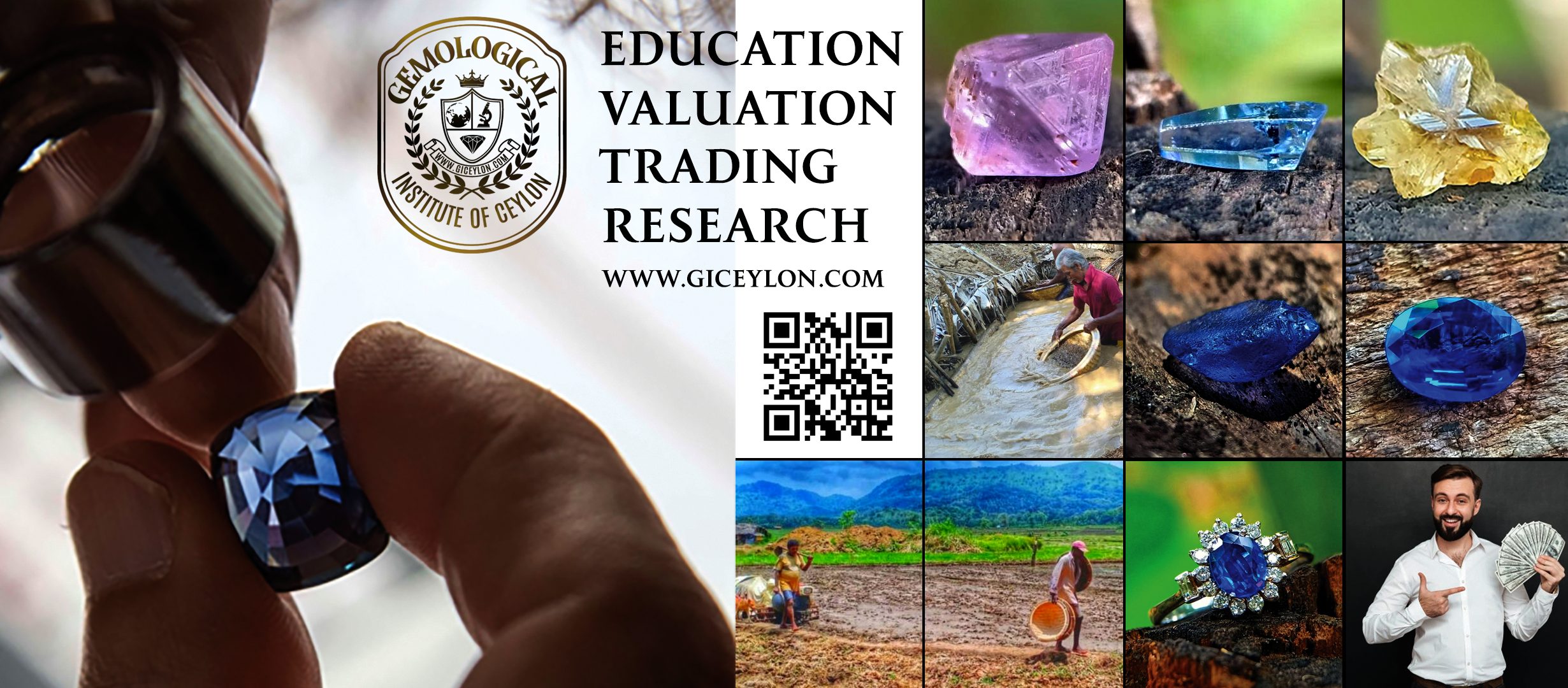
Join with Gemological Institute of Ceylon for Practical Gemology Studies Facebook Page: https://www.facebook.com/giceylon Facebook Group: https://www.facebook.com/groups/1990653001208203 Facebook Profile: GI Ceylon
Websites : www.giceylon.com www.bluesapphire.lk www.gemluck.com Join with Gem and Jewellery Business Help and Discussion Group on Telegram : https://t.me/joinchat/Q5cLnxilNw4xAr8T3TumfA

